EXPERIENCES IN SIWA
In addition to its agriculture, Siwa is home to a number of archaeological sites and monuments from the Prehistoric, Pharaonic, Greco-Roman, and Arab periods. These include the Temple of the Oracle, the Mountain of the Dead, and the Old Fortress of Shali.
BIR WAHD & THE GREAT SAND SEA OF SIWA
An adventurous exploration of the vast dunes and thermal springs the gushes out from the sand of the Sahara. Visitors can experience thrilling activities like dune bashing, sandboarding, and sunset watching, while also enjoying the serene beauty of the oasis. It is the most popular excursion for visitors to the Siwa Oasis.
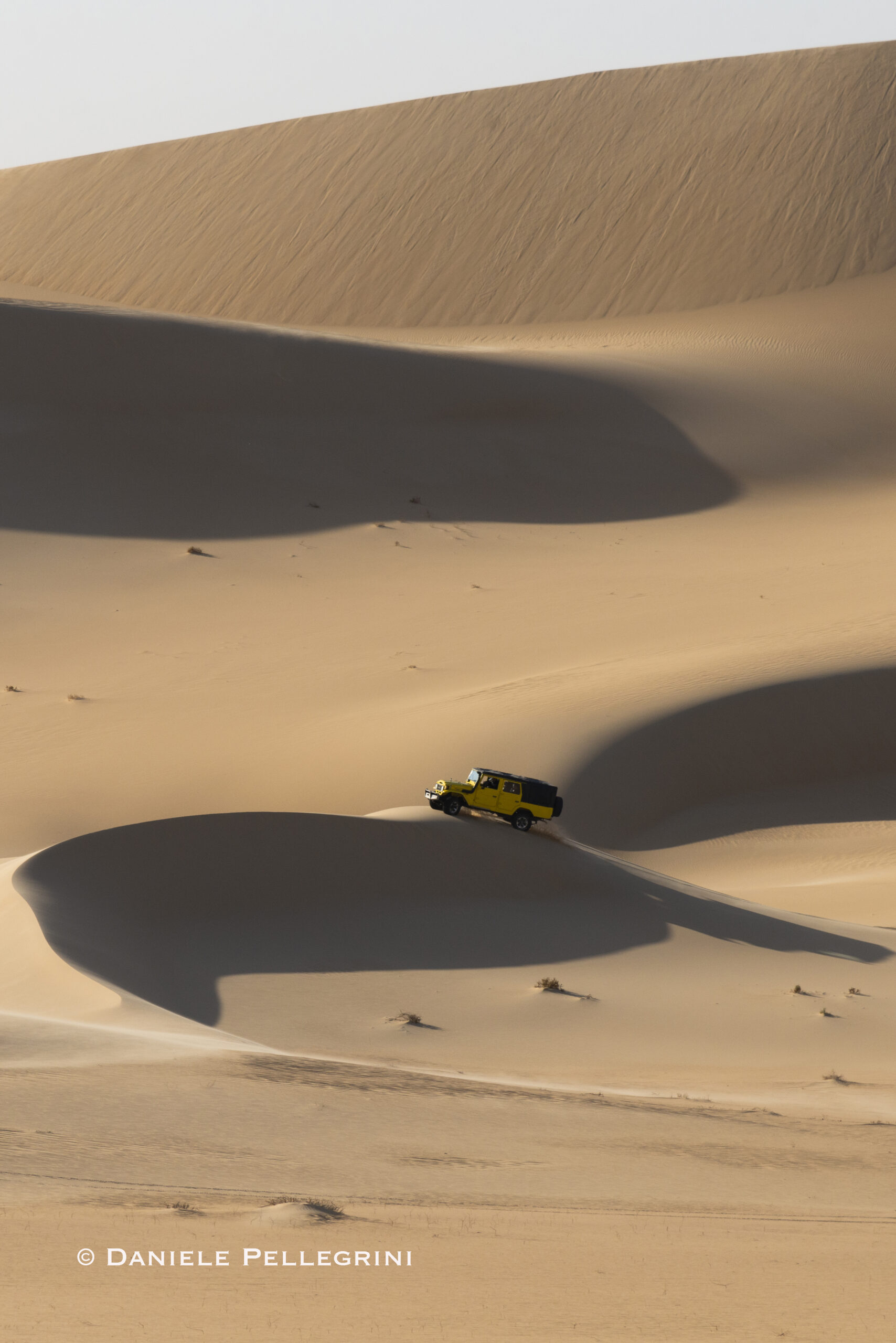
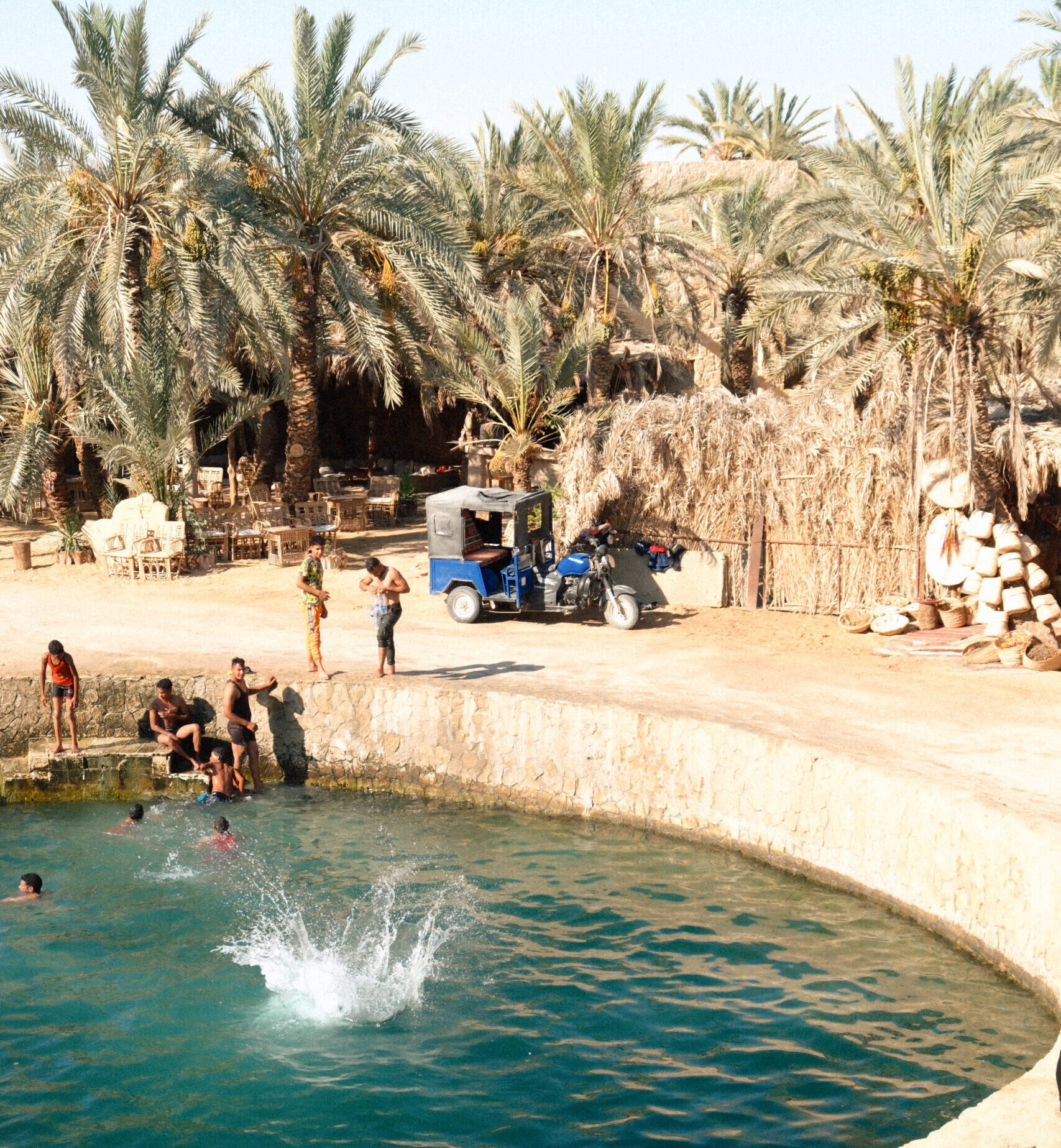
AIN CLEOPATRA
Although it has nothing to do with the famous queen of Egypt, this pool, which may be identified as the Fountain of the Sun described by Herodotus, is one of the most popular sites of Siwa.

THE OLD FORTRESS OF SHALI
The fortress was built on a hill during the Mamluk period, using rock salt as brick, and clay for mortar. Once the main stronghold and communal dwelling of the Siwan people, it offered protection from raids and harsh desert conditions. Though partially eroded by rain in the 20th century, its ruins remain a powerful symbol of Siwa’s resilience and heritage.
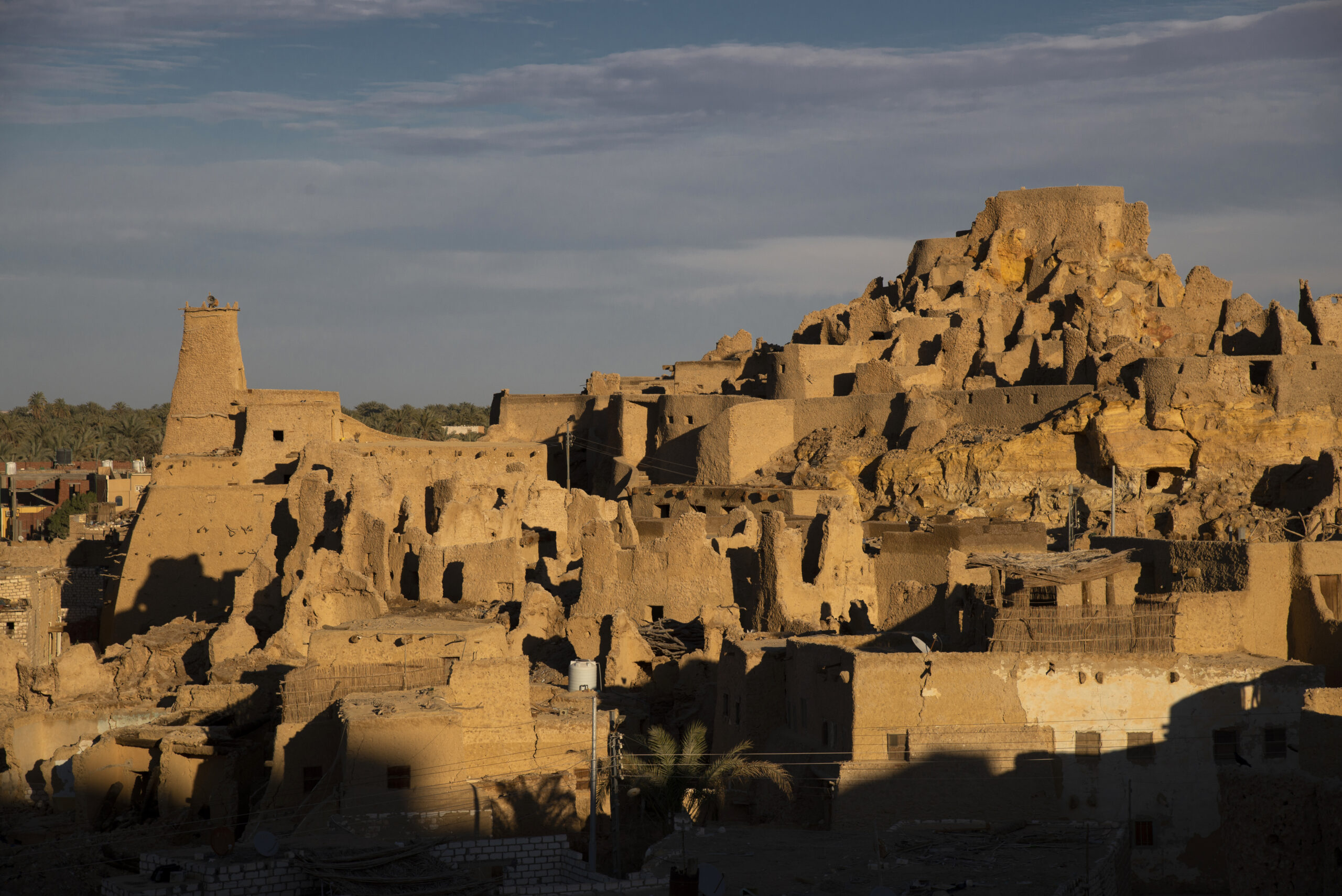
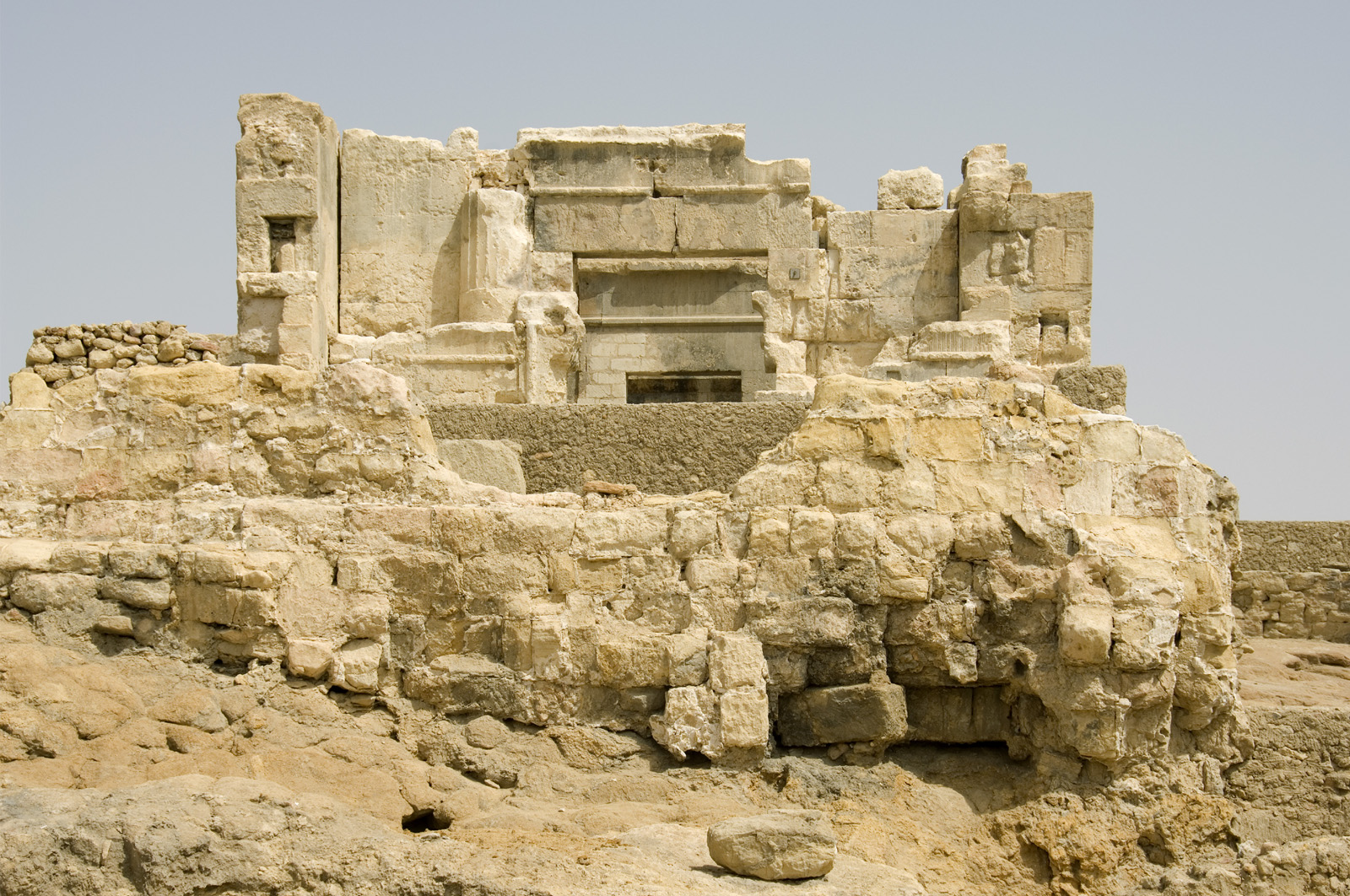
THE TEMPLE OF THE ORACLE
This outcrop, which was inhabited until the last century, was the first capital of the Oasis as well as the site of both the king of Siwa’s palace and the famous Temple of the Oracle of Amon, which was consulted by Alexander the Great.

SALT QUARRIES
Scattered like mirrors across the desert landscape, the salt lakes of Siwa are among the oasis’s most enchanting natural wonders. Fed by underground springs and rich in high concentrations of salt and minerals, these lakes offer another worldly experience of floating effortlessly in still, crystal line waters.
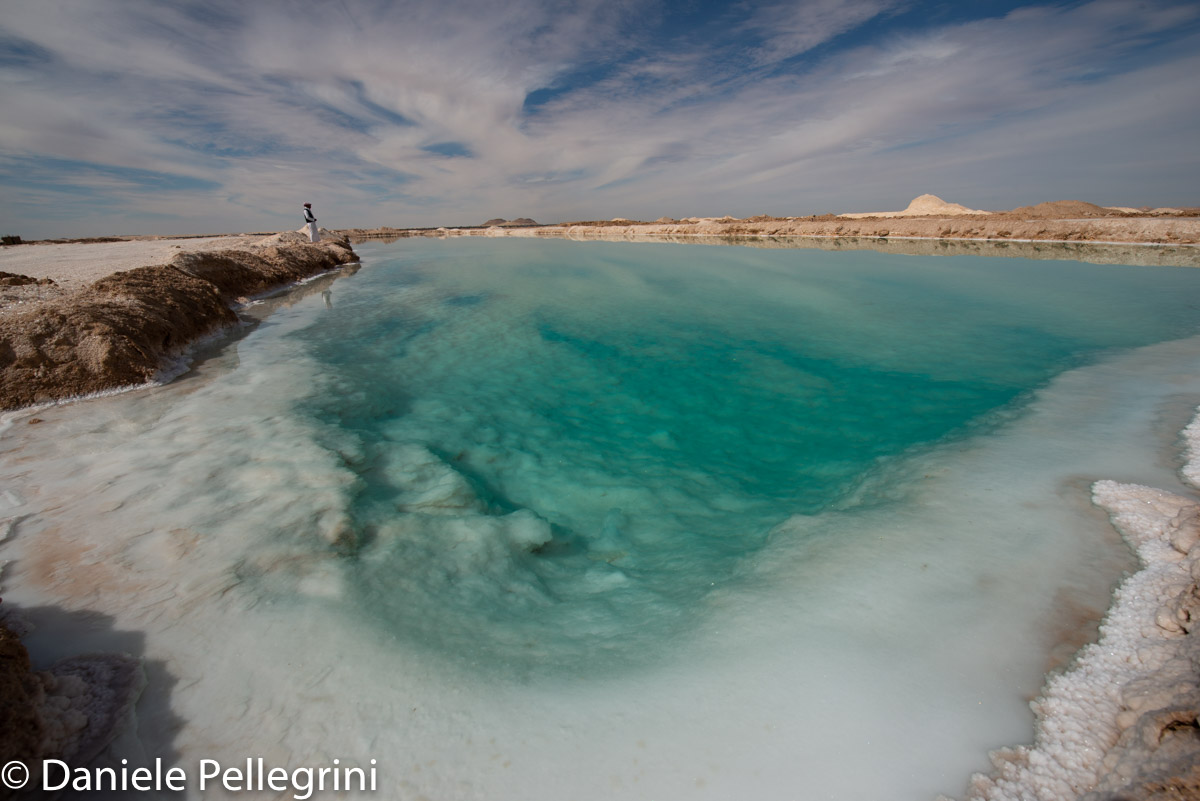

THE TEMPLE OF THE ORACLE
This outcrop, which was inhabited until the last century, was the first capital of the Oasis as well as the site of both the king of Siwa’s palace and the famous Temple of the Oracle of Amon, which was consulted by Alexander the Great.

